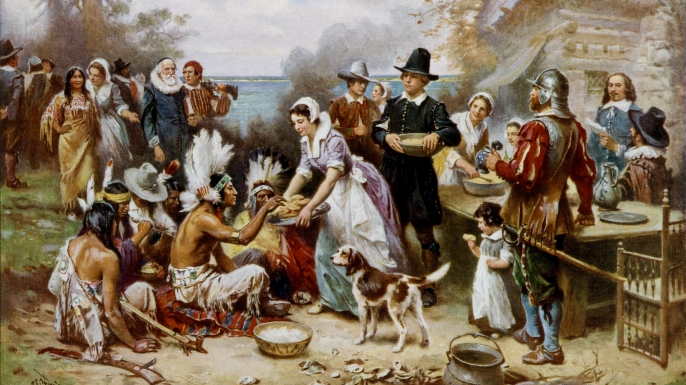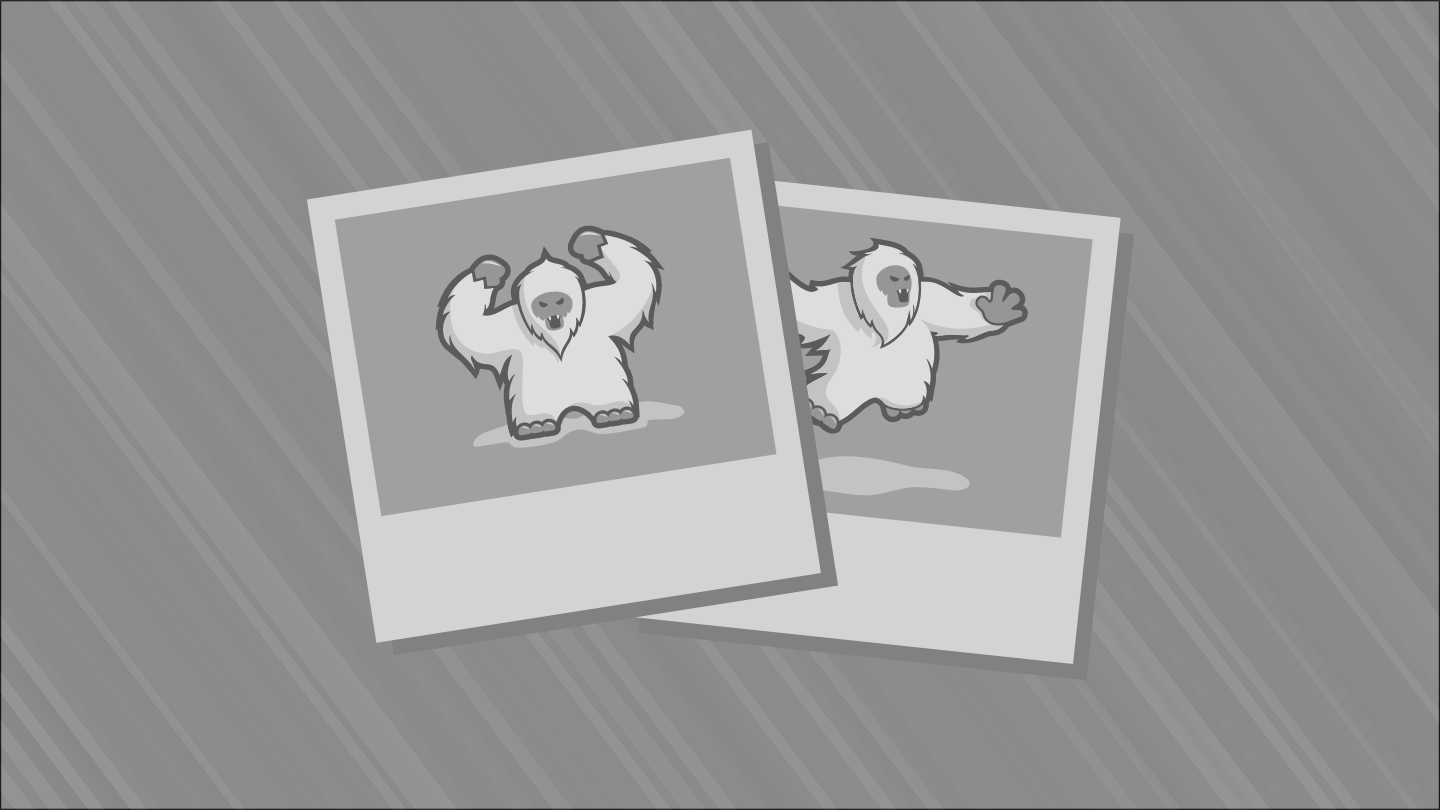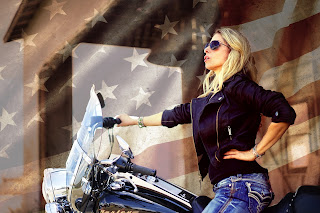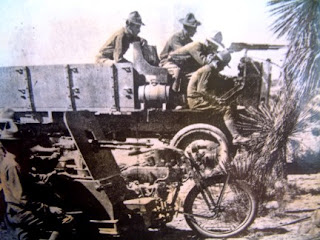
So what is Thanksgiving anyways?.... Let's be honest, there is a ton of mystery surrounding the original Thanksgiving, and to me the most important aspects of the holiday are actually what it means and is to us today.
So lets break it down - Here are Matt's Top 10 Favorite Acts of Thanksgiving:
1. Turkey Bowl - For this author, the most iconic symbol of Thanksgiving is the annual early morning game of Football - We roll out of bed on an inevitably cold morning, put on our stretchy pants and sweat shirts- and make our way down to the field. Whether young or old, the morning is celebrated by hot headed competition, pulled muscles and heavy breathing. It doesn't matter if you run the 40 in 4.3 seconds or 4.3 minutes, The Turkey Bowl is a time to laugh and play, to give thanks for the ability to move around and act like a brute. In my opinion its a spectacular event surrounded with happiness and comedy. Hell is there any other time you get to see your fattest friends celebrating life with a dance in the end zone? (Not always a pretty sight).

2. Turkey Shoot - For my group of friends this has been an annual tradition the week before Thanksgiving.... We deep fry a turkey while blowing things up with guns... Simple, sweet entertainment. I could try to draw a parallel to the first Thanksgiving, but I'm sure it would go horribly wrong or end in a law suit so I will just say this... I love it!
3. Televised Football - After a morning of Blowing Things up - The average American watches a few games while falling asleep on the couch ( All the while someone else is working their butts off in the kitchen) If we were smart we would spend this time stretching our stomachs for the feast!

4. Charlie Brown - TRADITION

5. Uncle Joe - and other Familiars - Lets face it, Thanksgiving also means having to spend some time with your family. Sometimes its a great thing, other times it will drive you nuts. Either way its a part of the holiday.
Here is a list of 8 Types of Annoying Family Members
6. Getting chased out of the kitchen - One of my favorite games to play on Thanksgiving is "Steal from the kitchen" - It makes me feel like a hyena trying to steal from a lion before the meal.

7. Massive amounts of Food - Who needs 8 different types of potatoes? - THIS GUY! It's the best of gluttony and it's only one day a year so bring it on! Everybody has a favorite part - and for me it's the potatoes. More important to remember is the reason we are doing it... Because we can... Because there have been times when we have had to go without and on this one day we don't have to... It's a time to be thankful for the bounty bestowed upon us. Eat, drink and be merry, and remember how hard you have worked to get there and all the sacrifices and blessings that have been made and received.


8. Massive amounts of Food Comma -
Postprandial somnolence
Can you believe it? There is an actual scientific term for this... Check out this link
9. Shopping - The day began with physical contact and football. Why the hell should it not end that way too? - Although I'm not the type to wait outside the stores, I love the news stories about people getting trampled at Best Buy and Walmart. - Small Suggestion - SHOP ONLINE!


10. LEFTOVERS -
The best thing about Thanksgiving is that it just keeps on giving afterwards. For weeks after the event, my fridge is still stuffed with the trappings of extravagance. I hope yours is the same.
















